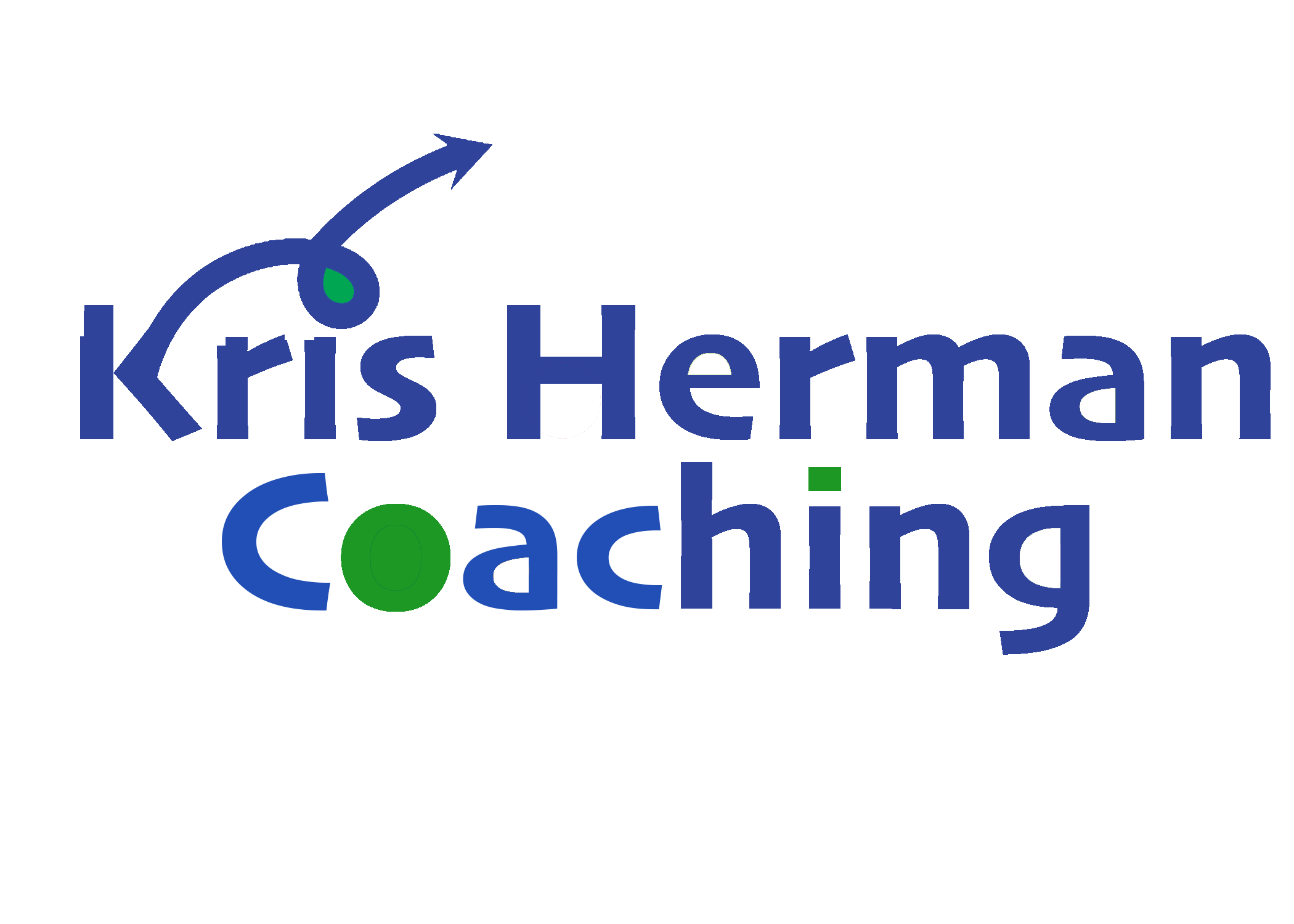Over and over I remind myself and other coaches that being is greater than doing. Who we are at the foundation, our core, the personal drivers, are crucial to being successful day to day. What we do, the tactics, of course also really matter, but without a sense of why we care about the things we care about, the doing can be simple noise.
Lately, however, I remind myself that the doing must be done. No matter. We don’t coach others with words alone. If our words, the actual coaching, is to be successful they must inspire others to practice. Testing the movements, skills and actions of a sport is how performers learn what drives improvement, and winning.
Without the testing, the doing, the practice we can’t keep the experiment moving and gain ground on the skills.
Coaches need to drill like this. Create opportunities to practice coaching a situation or a skill, role play with others, to do the thing. Find a way to put this into your system.
Practice coaching practice. Practice coaching a meeting, a recruiting call, a drill. Make self-evaluation more than a yearly or quarterly thing.
Be. And Do.

